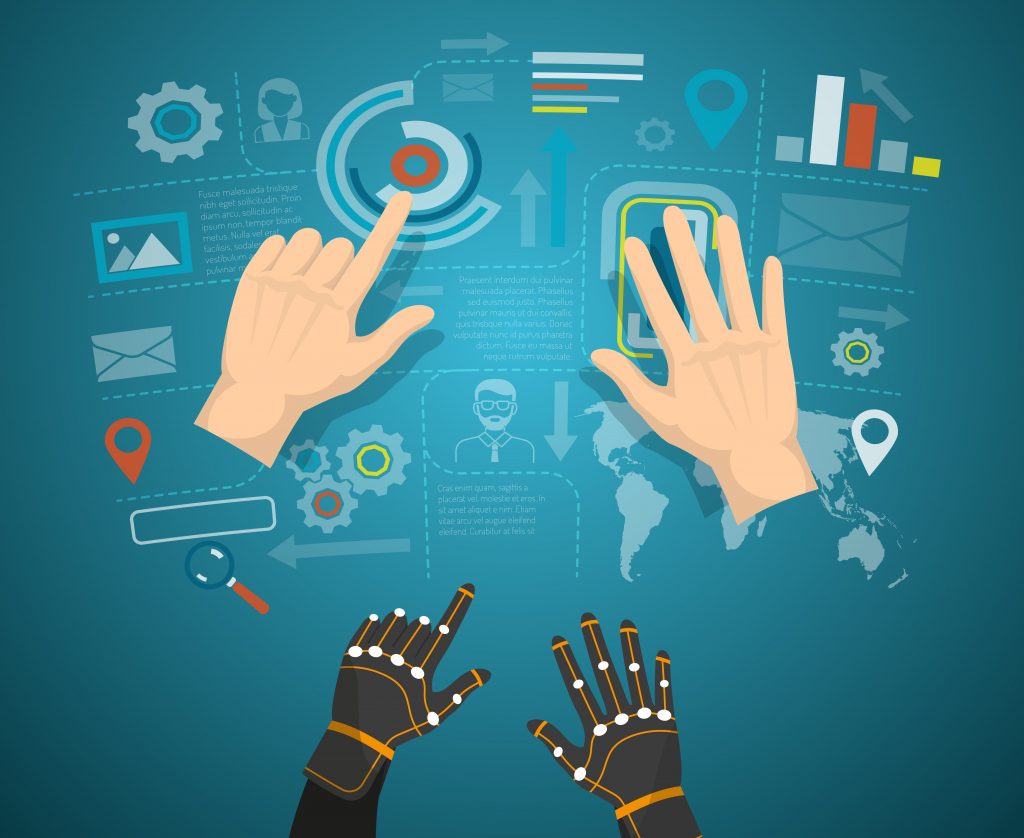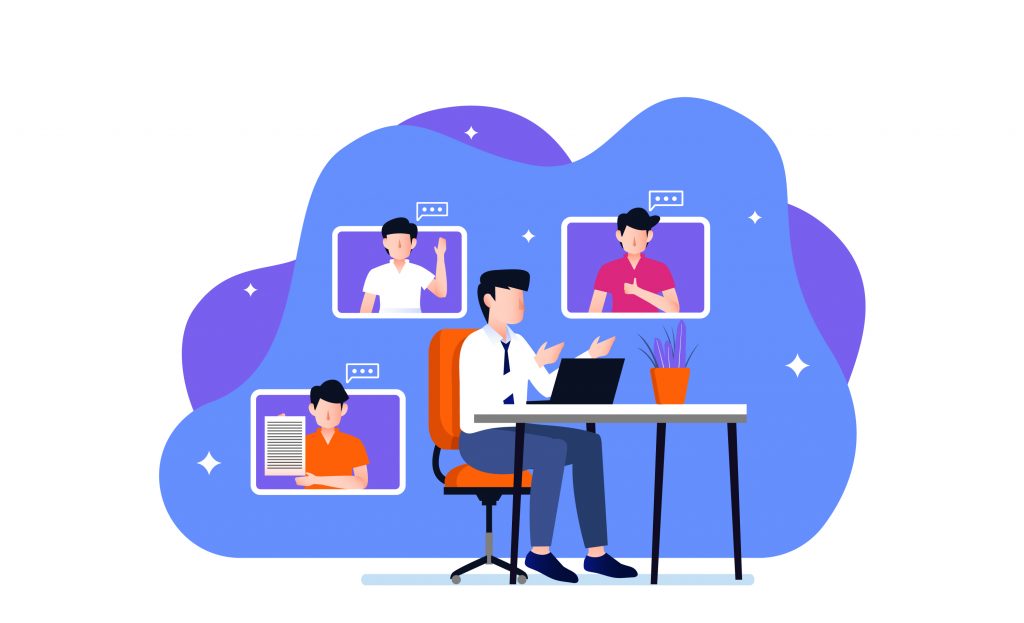Users lost more than 100 thousand dollars
Last week there was a planned hacker attack on the Twitter accounts of many famous personalities, including Microsoft founder Bill Gates, Amazon CEO Jeff Bezos, musician Kanye West, former US President Barack Obama, Tesla founder Elon Musk and many others.

It all started around 23: 00. The accounts of the crypto community representatives were the first to suffer from the hackers’ actions where unidentified offenders started publishing links to the phishing site CryptoForHealth. Then unknown hackers broke into dozens of accounts belonging to well-known entrepreneurs and companies. Messages were posted on their page on Twitter saying that they decided to share their savings, returning twice the amount that everyone will transfer to them within 30 minutes in bitcoins: “If you send $ 1000, I will refund $ 2000 back.”
These messages hung on the pages of the above-mentioned people for only a few minutes, after which they were deleted. Users in the comments suggested that this was most likely some kind of joke, but many decided to try their luck. The total amount of transfers in a few minutes exceeded 100 thousand dollars.
Twitter quickly responded, saying that they are investigating the hack, but it is not yet known how the hackers gained access to the celebrities’ accounts. Twitter CEO Jack Dorsey wrote about this on his microblog.
“A difficult day for us on Twitter. We all feel terrible about what has happened, ” Dorsey said, adding that the investigation is ongoing.
The Twitter founder is not targeted by hackers for the first time. A year ago, hackers broke into his account and posted a number of messages that included offensive designations of African-Americans, as well as anti-Semitic statements with references to the Holocaust and bomb threats.



